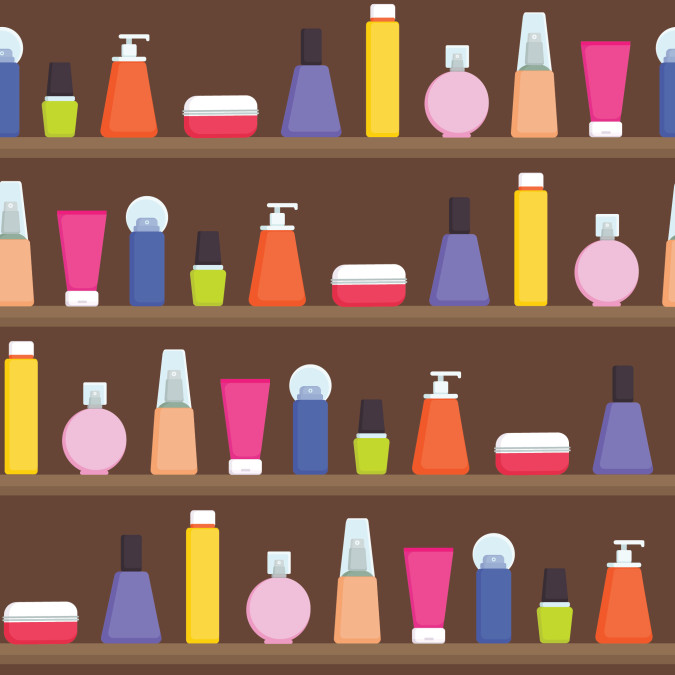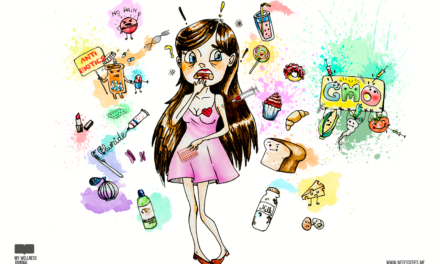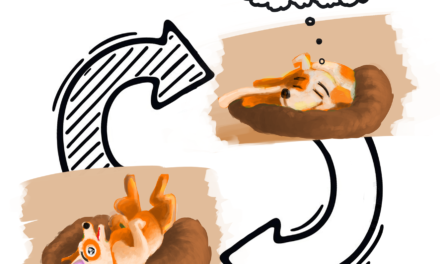Plastic in your personal care products
What can you do about itHere is my own story. I was introduced to face-scrubs by an older girl who lived in my neighbourhood. I must have been in high school. The product that I began using had microbeads in it. I was very impressed with how smooth and vibrant it left my skin. I became hooked on this face-scrub containing microbeads and distinctly recall going out to purchase it several years later. The sales assistant asked me ‘what type of face scrub are you after’? My cringe-worthy response was: ‘the rougher the better’.
When we use certain products for an extended period of time, we often get hooked on things that are not contributing to our wellbeing, and which may even be harmful. With soap, we often assume that the more lathering (foam or froth made when it is used) the better it is. This is far from the truth. We don’t stop to think about the chemicals that might be causing that lathering and foaming. We only pay attention when problems start occurring either in our bodies or the environment that we live in.
The gap between the manufacturing process and the consumer is widening. As consumers we are very far removed from the process of manufacturing and it is hard for us to see beyond advertising and packaging. This results in siloed thinking where we look at our favourite celebrity marketing a product and we think that it must be a good thing.
Here is a bit of advice to help you to bridge this gap. The small change of eliminating microbeads from your personal care products may have a ripple effect of restoring your wellbeing and helping to conserve flora and fauna in your community.
Why are microbeads not a good idea?
Nearly half of the facial exfoliators in Australia contain microbeads. These microbeads make their way from our bathrooms and kitchen sinks into the oceans. They are so small that the current filtration system is unable to capture these beads. As a result, they are causing serious damage to our marine environment. Fish, plankton, whales and sea birds all ingest microbeads. When ingested they cause blockages and can lead to choking and the destruction of flora and fauna. New evidence has also confirmed that the toxic chemicals from microbeads get passed up the food-chain; possibly even into the foods that we eat. Until fish learn how to fly, salmon and other fish products that we consume will continue to come from the ocean. We could also be directly ingesting microbeads through toothpastes or other products.
Why are microbeads added to products?
One of the reasons some companies use microbeads is to bulk up their product. Because skin exfoliators containing microbeads make the skin feel very smooth, we tend to use them quickly. Therefore we return to buy more of these products sooner than we would need to buy more natural exfoliators.
Biodegradable alternatives to microbeads are available. Examples include sugar, salt, oatmeal, and ground nutshells. However exfoliators and other products which use these alternatives have a shorter shelf-life than those using microbeads . All of us know how long plastic takes to begin decomposing. It takes FOREVER.
In a nutshell microbeads are used so that we buy more of the product and to enhance shelf life. But what’s the cost?
According to the UNEP (United Nations Environment Program) report “a total amount of 4,360 tonnes of microplastic beads was used in 2012 across all European Union countries plus Norway and Switzerland according to a survey by Cosmetics Europe, focusing on the use of microplastic beads, with polyethylene beads representing 93% of the total amount equaling 4,037 tonnes. ”
In my experience change happens when we begin joining dots and start clearing the fog between the manufacturing process and consumption. The bigger picture starts revealing itself when we start to question the truth behind the marketing hype. Let’s begin with asking ourselves the following question– why would I use plastic in my personal care products?
What can I do?
Here are some alternatives for you to explore
- First check – when you go shopping for personal care products, check the back of each product for the ingredient list. Does it contain – polyethylene,polypropylene or polystyrene? The presence of these ingredients would classify this product as one that you DO NOT buy it.
- Second check – conduct an additional investigation. Look out for ingredients such as PET (polyethylene terephthalate), PMMA (polymethyl methacrylate), PTFE (polytetrafluroethylene) and nylon.
- Get scanning – next time you are at the supermarket scan the products bar code on your phone using an app (beat the microbeads). It will give you information on whether the product contains plastic or not. The App can be downloaded for Apple products at the Apple App Store and for Google products at the Google Play Store. It is also available on the Windows Phone Store.
- Use the good scrub guide – we have also added a Good Scrub Guide. Its an excellent resource if you live in Australia or UK for microbead-free face scrub alternatives. It comprises of 53 face scrubs that you can choose from that are plastic free in Australia. These cater to a wide range of budgets. I swear by bare faced exfoliant from Perfect Potion.
If you live in the United States then the following Products Contain Microbeads. This link can also be used for reference in Australia and other counties as a number of these brands are sold worldwide. For microplastic-free personal care products refer to this link
Journaling tip
We recommend that you write down ingredients to avoid in your wellness journal. There are 7 ingredients in all to watch out for. Next time you go shopping avoid polyethylene, polypropylene, polystyrene, PET (polyethylene terephthalate), PMMA (polymethyl methacrylate), PTFE (polytetrafluroethylene) and nylon.
Here is a news article from the Sydney Morning Herald dated November 4, 2015 about microplastic in salt. Talk about the circle of life! Spending money is like voting, when purchasing personal care products, say NO to microbeads!
Words To Grow By
What are MICROBEADS?
Microbeads are little pieces of plastic smaller than grains of sand that are sometimes added to face-washes, exfoliators, shampoos, cosmetics, body-washes and sometimes even to toothpaste. Microbeads are made of polyethylene, polypropylene or polystyrene. These are plastic compounds!





